Description
The discovery and widespread use of penicillin in the Second World War was a major turning point in 20th century combat medicine. It led to further enormous changes in the way wounded soldiers were treated during the Korean War (1950–53), including the first use of helicopters to airlift wounded troops to medical facilities away from the front line. New resuscitation and surgical techniques and balloon occlusive therapies were also introduced during this period, along with a variety of new dressing materials such as fibrin. There were numerous changes in diagnostics, medical and psychiatric treatments, as well as developments in aviation medicine associated with the physiological problems encountered with high-altitude and high-speed flight.
Chemical warfare also gained prominence once again, particularly in the Vietnam War (1955–75), and medical treatments were constantly developed to cope with new types of wounds. Combat stress continued to be a major problem, particularly concerning pilots.
Changes in combat ideology also influenced the way in which medical back-up was organised. In the Falklands, for instance, hospital ships did not display a red cross as they had done in previous wars. They didn’t want to advertise their presence because the enemy would deliberately aim to injure rather than kill, since this slowed down military advances.
The Falklands War (1982), both Gulf Wars (1990 and 2003–11) and the conflict in Afghanistan (2001 to present) have been characterised by the introduction of new surgical techniques using image intensifiers and a trend towards laser treatments. There has also been a huge advance in the development of prosthetics, particularly during the Afghanistan war, because of the prevalence of IEDs.
The Haynes Combat Medicine Operations Manual provides a detailed and insightful account of battlefield medicine from the Korean War to Afghanistan. It describes developments in battlefield surgical and nursing techniques, science and technology. The authoritative narrative is supported with archive and modern day illustrations.

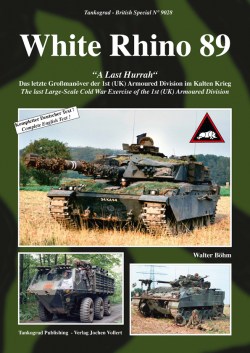
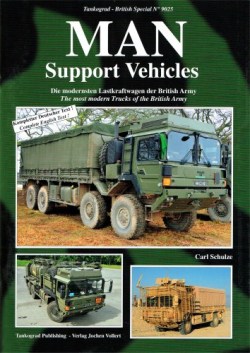
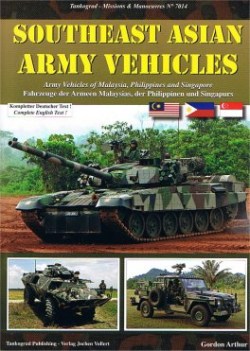
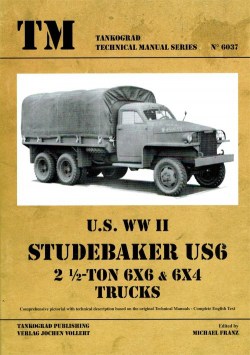
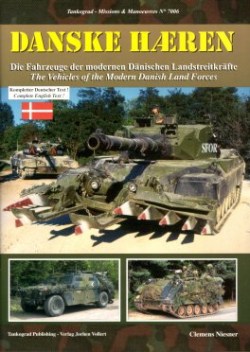
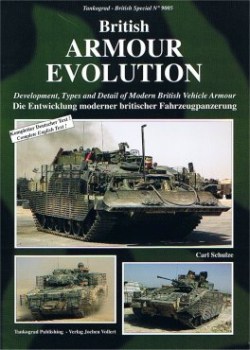
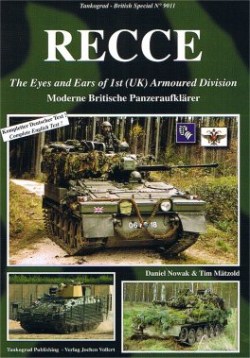
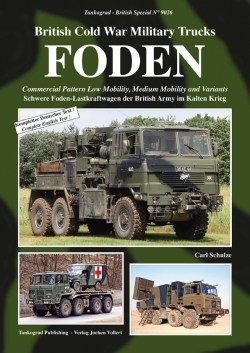
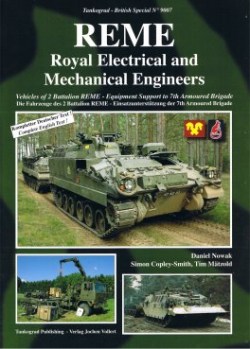
Reviews
There are no reviews yet.